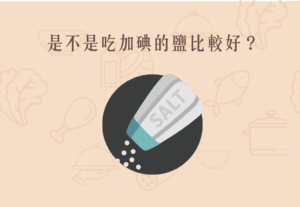
1) https://www.aarp.org/health/conditions-treatments/info-2019/diabetes-and-heart-disease-link.html
2) Chapin, J. and Hajjar, K. (2015, Jan). Fibrinolysis and the control of blood coagulation. Blood Rev, 29(1): 17-24.
3) Rabbani, N., Godfrey, L., Xue, M., Shaheen, F., Geoffrion, M., Milne, R., and Thornalley, P.J. (2011, Jul).Glycation of LDL by methylglyoxal increases arterial atherogenicity: A possible contributor to increased risk of cardiovascular disease in diabetes. Diabetes, 60(7): 1973-80.
4) Hajjar, D.P. and Hajjar, K.A. (2016, May 31). Alternations of cholestrol metabolism in inflammation-induced atherogenesis. J Enzymol Metab: 104.
5) Nieuwdorp, M., Stroes, E.S., Meijers, J.C., and Buller, H. (2005, Apr). Hypercoagulability in the metabolic syndrome. Curr Opin Pharmacol, 5(2): 155-9.
6) Palta, S., Saroa, R., and Palta, A. (2014, Sept-Oct). Overview of the coagulation system. Indian J Anaesth, 58(5): 515-523.
7) Soliman G. A. (2018). Dietary Cholesterol and the Lack of Evidence in Cardiovascular Disease. Nutrients, 10(6), 780.
8) Rask-Madsen, C., & King, G. L. (2013). Vascular complications of diabetes: mechanisms of injury and protective factors. Cell metabolism, 17(1), 20–33.





